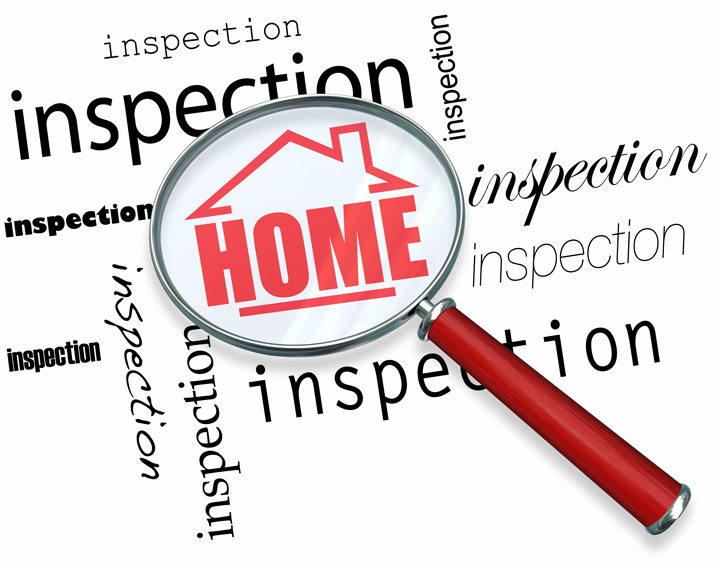
Making Sense of the Appraisal ProcessBuying a home is the most serious financial decision many may ever consider. It doesn't matter if a main residence, a seasonal vacation home or an investment, the purchase of real property is a detailed financial transaction that requires multiple parties to pull it all off. Practically all the parties participating are very familiar. The real estate agent is the most recognizable face in the exchange. Next, the mortgage company provides the money needed to fund the transaction. The title company makes sure that all details of the sale are completed and that a clear title transfers to the buyer from the seller. So, who makes sure the property is worth the amount being paid? This is where the appraiser comes in. We provide an unbiased estimate of what a buyer might expect to pay — or a seller receive — for a property, where both buyer and seller are informed parties. A licensed, certified, professional appraiser from Studley Appraisal Services, Inc. will ensure, you as an interested party, are informed. Appraisals begin with the inspectionOur first task at Studley Appraisal Services, Inc. is to inspect the property to ascertain its true status. We must see aspects of the property first hand, such as the number of bedrooms and bathrooms, the location, living areas, etc, to ensure they indeed are present and are in the shape a reasonable person would expect them to be. To make sure the stated size of the property is accurate and convey the layout of the property, the inspection often entails creating a sketch of the floorplan. Most importantly, we look for any obvious amenities - or defects - that would have an impact on the value of the property. Back at the office, we use two or three approaches to determining the value of real property: a paired sales analysis, a replacement cost calculation, and an income approach when rental properties are prevalent. 
Replacement CostHere, the appraiser uses information on local building costs, the cost of labor and other factors to figure out how much it would cost to replace the property being appraised. This value usually sets the maximum on what a property would sell for. The cost approach is also the least used method. 
Sales ComparisonAppraisers get to know the subdivisions in which they appraise. They thoroughly understand the value of particular features to the homeowners of that area. Then, the appraiser researches recent sales in the neighborhood and finds properties which are 'comparable' to the real estate at hand. By assigning a dollar value to certain items such as fireplaces, room layout, appliance upgrades, additional bathrooms or bedrooms, or quality of construction, we add or subtract from each comparable's sales price so that they are more accurately in line with the features of subject.
Once all necessary adjustments have been made, the appraiser reconciles the adjusted sales prices of all the comps and then derives an opinion of what the subject could sell for. When it comes to associating a value with features of homes in Avon Park and Highlands, Studley Appraisal Services, Inc. can't be beat. The sales comparison approach to value is commonly given the most importance when an appraisal is for a real estate exchange. Valuation Using the Income ApproachA third way of valuing a property is sometimes applied when an area has a reasonable number of rental properties. In this scenario, the amount of revenue the property generates is factored in with other rents in the area for comparable properties to give an indicator of the current value. Arriving at a Value ConclusionAnalyzing the data from all approaches, the appraiser is then ready to stipulate an estimated market value for the subject property. The estimate of value on the appraisal report is not always the final sales price even though it is likely the best indication of what a property is worth. There are always mitigating factors such as seller motivation, urgency or 'bidding wars' that may adjust an offer or listing price up or down. But the appraised value is typically used as a guideline for lenders who don't want to loan a buyer more money than they could recover in case they had to sell the property again. It all comes down to this, an appraiser from Studley Appraisal Services, Inc. will guarantee you discover the most fair and balanced property value, so you can make the most informed real estate decisions. |